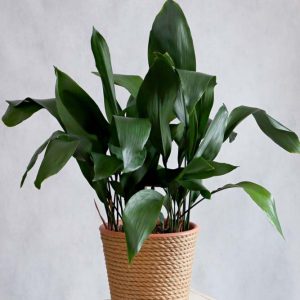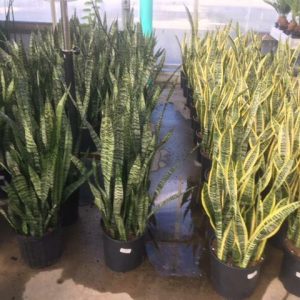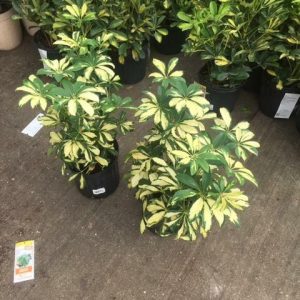Description
Corylus – Filbert – Hazel –
There area bout 15 species of deciduous trees and large shrubs, in this genus. They occur in the Northern Hemisphere, usually found in woodland. They have alternate, rounded or oval to ovate, strongly veined, toothed, leaves, sometimes with heart shaped bases. Hazels are grown for their foliage and yellow male pendulous catkins, borne before the leaves in early spring. Female flowers are inconspicuous, small greenish clusters at the branch tips on previous years growth. Male and female flowers grow on the same plant. Cultivars of several species listed below also produce husked, edible nuts. Smaller hazels are best grown in a shrub border, the larger species and cultivars are excellent specimen trees.
Grow in fertile, moist but well drained soil in sun or partial shade, they are ideal for alkaline or chalky soils. Grow variants with colored leaves in full sun.
Prone to powdery mildew, blight, canker, dieback, mushroom root rot, fungal spots, Gymnosporangium rust, bud mites, tent caterpillars, and webworms.
C. avellana ‘Pendula’ – Cobnut – Common Hazel – European Hazel – This upright tree like shrubs, has arching, weeping branches, growing to 12-15′ feet tall and wide. New growth is covered in sticky hairs. It produces broadly heart shaped, round tipped, toothed, mid green leaves, to 4″ long, which turn pale yellow in autumn. In late winter and early spring on bare branches it bears pendent yellow catkins, 1 ½-2 ½” long, and inconspicuous red female flowers. It produces ripening nuts in an enclosed green, fringed tube that leaves the end of the nut showing.
Zones 3-9





